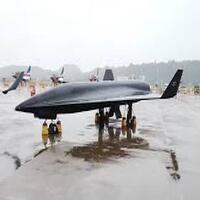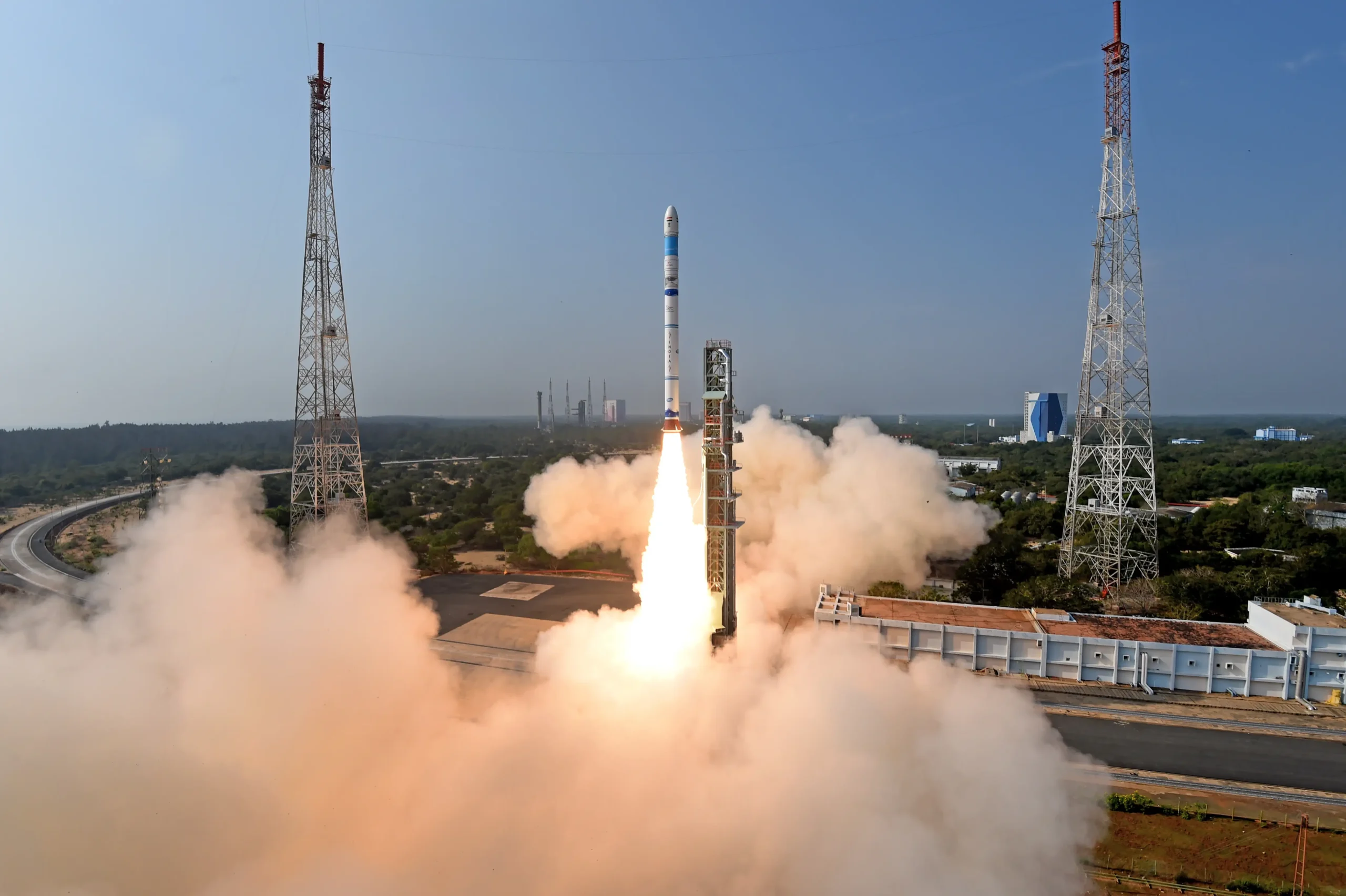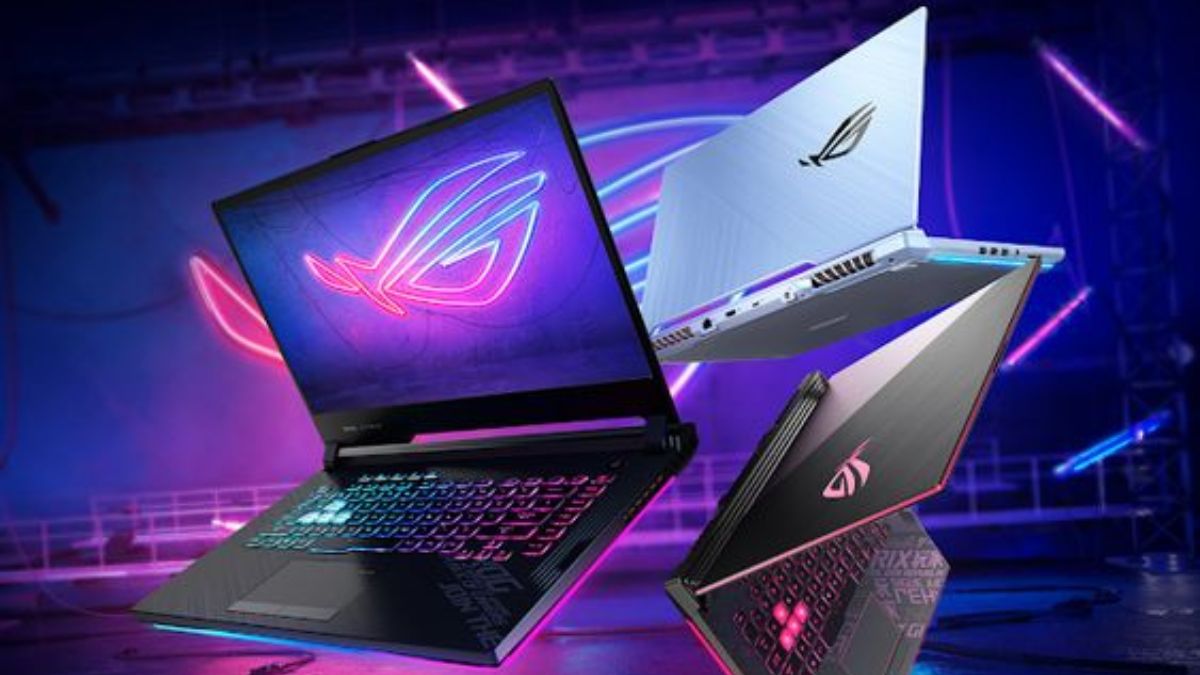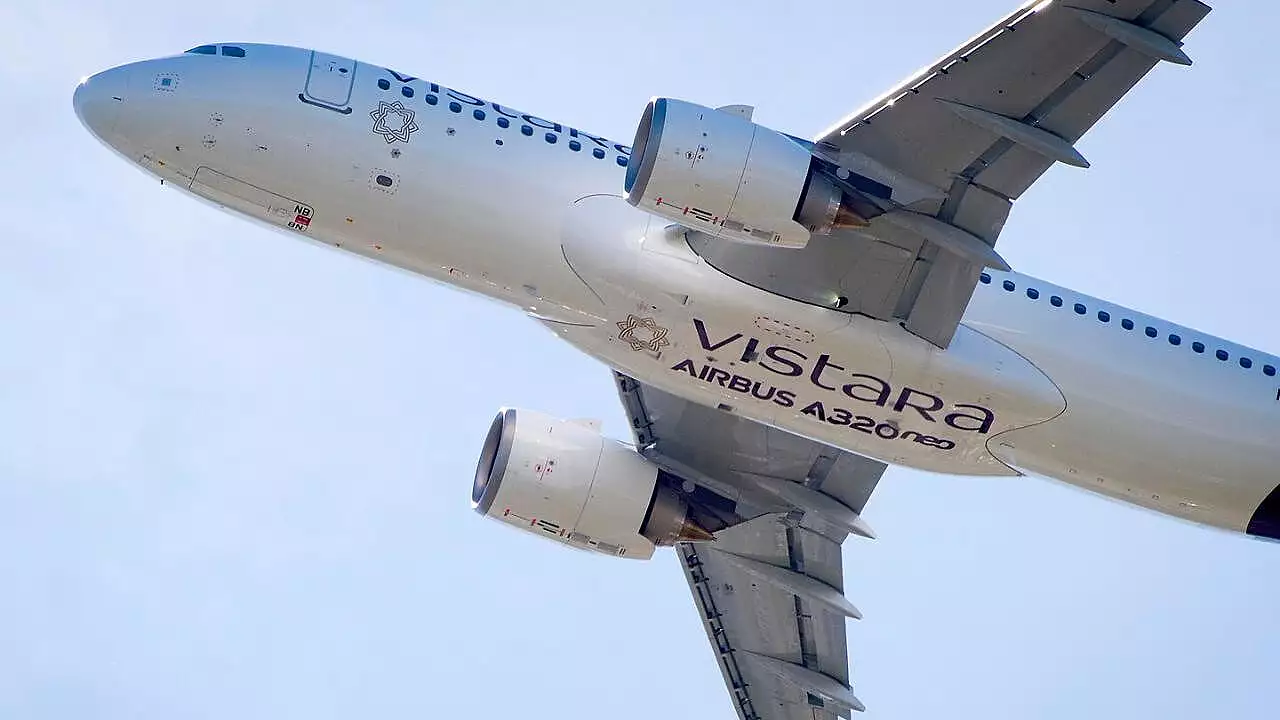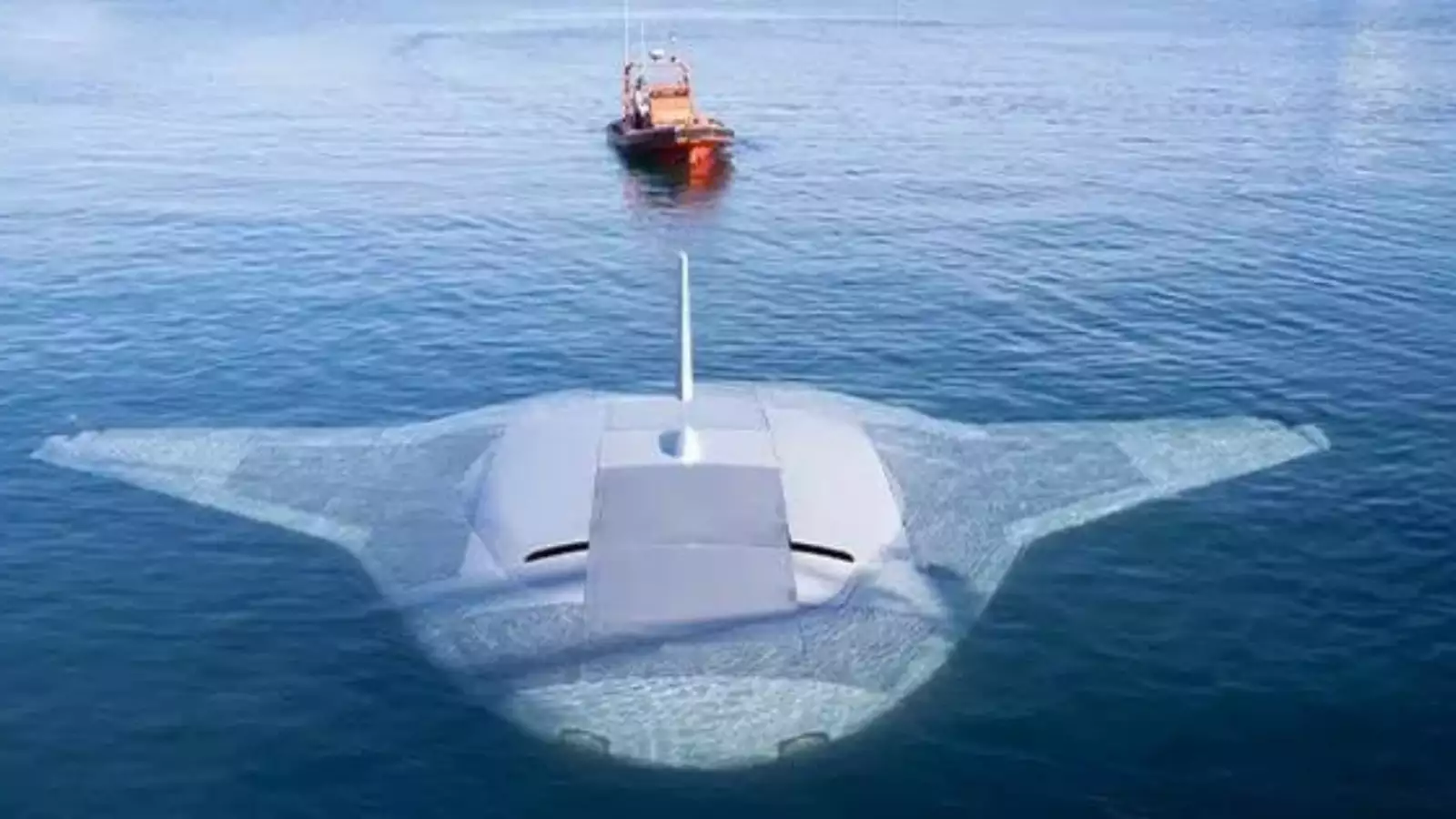
Google Maps Removes Photos of US top secret Manta Ray Submarine type Aquatic Weapon
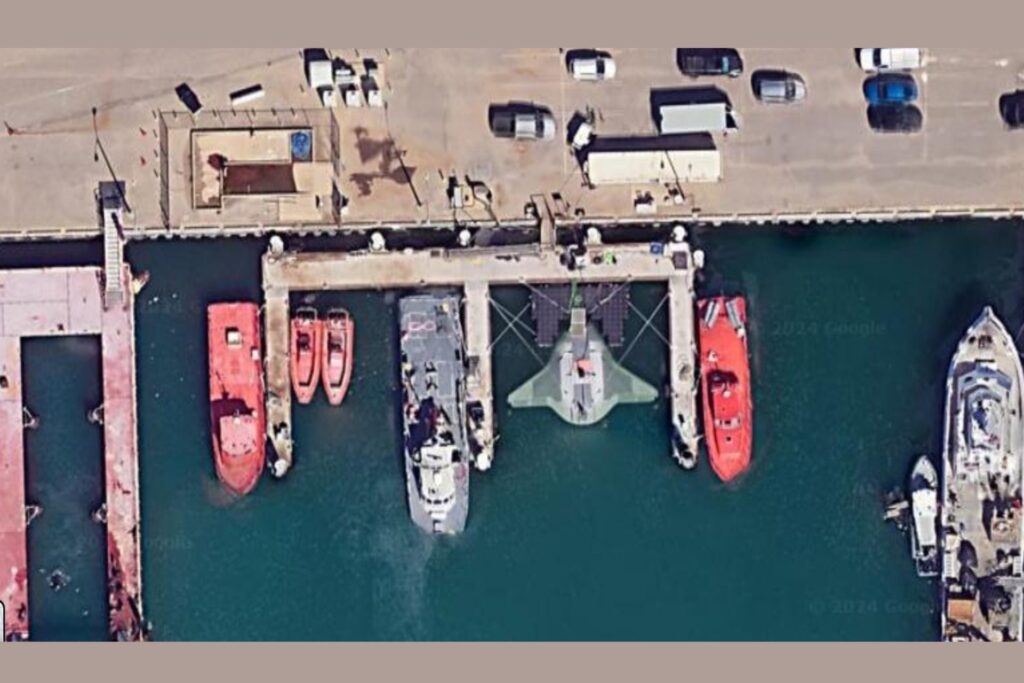
Google Maps users were drawn to the US Navy’s “Manta Ray,” a prototype submarine, after it was seen at the Port Hueneme naval station in California. There was a lot of curiosity in the news as it soon went viral online. After the photo was leaked, the submarine disappeared from sight and was replaced by a number of boats. Because of the incident’s strategic significance and usage of cutting-edge technology, it has drawn a lot of attention.
Overview of the Manta Ray Project
Undertaken by Northrop Grumman and led by the Defense Advanced Research Projects Agency (DARPA), the Manta Ray project marks a major advancement in the field of unmanned underwater vehicles (UUVs). The goal of this research is to develop sophisticated UUVs that can carry out long-duration, long-range missions without requiring human assistance. An in-depth examination of the Manta Ray project’s development and specifications may be found here.
Context and Objective
DARPA’s overarching goal to develop military technology through ground-breaking inventions includes the Manta Ray project. The Manta Ray UUV, so named for the big fish with wings, is made to function in areas that are dangerous or unreachable for humans. Enhancing undersea warfare capabilities, ensuring strategic superiority in underwater operations, and improving maritime domain awareness are the major objectives.
Read More: Qualcomm’s Low-Cost 5G Chipset with Improved Features and Performance is the Snapdragon 4S Gen 2.
Read More: OpenAI unveils Advanced Voice Mode: Transforming AI Communication with Natural Speech and Improved Recognition.
Development and Collaboration
Leading aerospace and defense technology manufacturer Northrop Grumman is the principal contractor in charge of creating the Manta Ray UUV. In order to incorporate cutting-edge technologies into the UUV design, the project entails working with a variety of technical and engineering specialists. The Manta Ray is a key product of Northrop Grumman’s vast experience with autonomous systems and underwater technologies.
Design and Features
Autonomy and Operation
The Manta Ray UUV is designed to have a high degree of autonomy and can carry out tasks without direct human supervision. Making decisions in real time based on mission needs and environmental data is part of this autonomy. In order to save energy, the UUV may also anchor to the ocean floor and go into a low-power slumber condition, enabling longer deployments.
Payload Capacity
The Manta Ray’s substantial payload capacity is one of its most notable characteristics. This makes it possible for the UUV to carry a range of sensors, communication tools, and other essential equipment for the mission. Easy reconfiguration to accommodate several mission profiles, such as mine countermeasures, anti-submarine warfare, and surveillance and reconnaissance, is made possible by the modular design.
Energy Administration
One of the main design goals of the Manta Ray is energy efficiency. The UUV makes use of cutting-edge energy harvesting and battery technology as well as other creative energy management strategies. Because of these features, the Manta Ray can function for longer stretches of time without requiring regular maintenance or resupplies.
Logistics and Deployment
The Manta Ray is built for simple deployment and support in terms of logistics. With its ability to be erected on-site and shipped in regular shipping containers, it offers great flexibility for quick deployment to a variety of places across the globe. This feature guarantees that the drone can be swiftly mobilized in reaction to new threats, which is crucial for expeditionary operations.
Technological Innovations
Low-Power Propulsion
The Vessel’s propulsion mechanism is designed to use the least amount of power possible. By using a gliding system that imitates a manta ray’s movement, it can conserve energy by lowering the requirement for constant propulsion. By using a biomimetic technique, the UUV can travel great distances with efficiency.
Integration of Sensors
The Manta Ray has a wide range of cutting-edge sensors for target recognition, environmental monitoring, and navigation. The UUV can precisely carry out complex tasks and adjust to changing conditions because to the real-time data these sensors offer.
Strategic Repercussions
Naval operations will be significantly impacted strategically by the deployment of Manta Ray UUVs. They are an effective instrument for improving maritime security because of their capacity to conduct electronic warfare, acquire intelligence, and operate covertly in disputed waters. Their capacity for long-duration missions also lessens the requirement for continual human supervision, freeing up resources for other crucial duties.
Upcoming Prospects
The next generation of UUVs is expected to be made possible by this project. The goal of ongoing research and development is to improve these vehicles’ autonomy, robustness, and mission capabilities. Underwater operations could undergo a revolution if comparable technology are widely used for military and commercial purposes, as demonstrated by the success of the Manta Ray.
The Manta Ray project is an excellent example of how cutting-edge technology and creative design can be combined to produce an unmanned underwater vehicle that is both adaptable and powerful. This Project is poised to revolutionize underwater missions by utilizing DARPA’s vision and Northrop Grumman’s experience. It will provide unparalleled capabilities for extended, self-sufficient operations in some of the planet’s most demanding settings.
